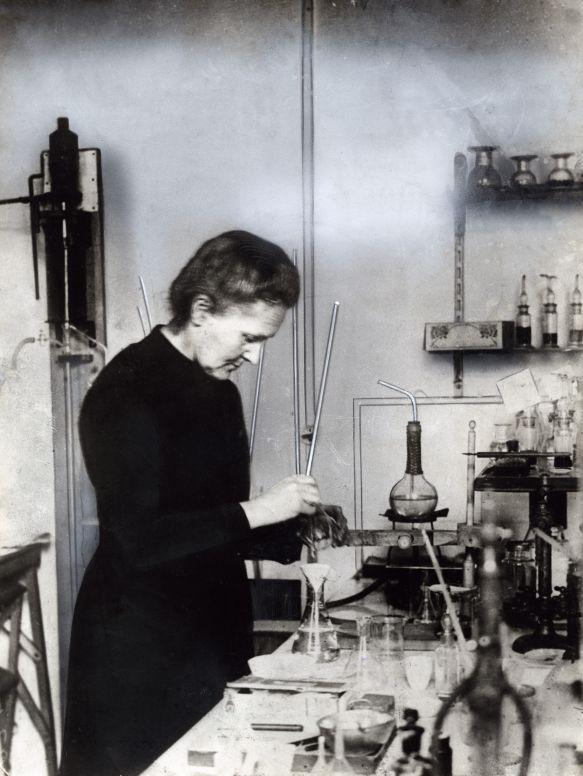“You cannot hope to build a better world without improving the individuals. To that end each of us must work for his own improvement, and at the same time share a general responsibility for all humanity, our particular duty being to aid those to whom we think we can be most useful.” – Marie Curie
As we approach the 150th anniversary of the birth of Marie Skłodowska Curie, we take a look at the life of the pioneering scientist who became the first woman to win a Nobel Prize.
Born in Warsaw, Poland, on the 7th November in 1867, Maria Sklodowska (later to become Marie Curie) was the youngest of five children born to teachers Wladyslaw and Bronislawa. Her father, Wladyslaw, was a maths and physics teacher who would greatly influence Curie’s career in science. Tragically, her mother, Bronislawa, died of tuberculosis when Curie was just ten years old.
Despite her obvious talent in school (being consistently the top performing student in her year) Curie would not be able attend the University of Warsaw, as at the time they would not accept female students. So she was forced to covertly continue her education at Warsaw’s “Flying University,” an underground educational enterprise running in secret at the time.
Moving to France in 1891 with her sister, Curie was finally able to attain the formal education she desired at The University of Paris, where she studied physics and mathematics, and in 1894 she met her husband-to-be Pierre Curie. The Curies began investigating radioactivity together in Paris, building on the work of physicists Wilhelm Roentgen and Henri Becquerel. In 1898, the Curies announced the discovery of not one but two new chemical elements: polonium and radium. In 1903 the Curies and Becquerel would jointly be awarded the Nobel Prize for Physics, making Marie Curie the first woman to win a Nobel Prize.
But tragedy would once again strike as, just three years after winning their Nobel Prize, Pierre was killed in road accident when he was struck by a horse and carriage, leaving Curie suddenly alone in raising their daughters Irène (aged nine at the time) and Eve (aged 2). Five years later, in 1911, Curie won her second Nobel Prize, this time in chemistry for her discovery of radium and polonium, which she dedicated to Pierre.
When World War I broke out in 1914 Curie committed herself to the cause, developing mobile radiography units, which were known as Petites Curies (“Little Curies”), to help treat inured soldiers in the field. She became the director of the Red Cross Radiology Service and set up France’s first military radiology centre. She facilitated the installation of 20 of her “Little Curies” and another 200 radiological units at field hospitals in the first year of the war, and it is estimated that over a million wounded soldiers were treated with her X-ray units.
After the war Curie returned to her work and travelled extensively to raise the funds to continue the research into radium and open the Institut du Radium, now known as the Institut Curie, in Warsaw. Having initially been denied a university education, Curie would go on to be awarded numerous honorary degrees from universities all over the world, along with many other awards and prizes.
Curie died in 1934, on the 4th July, of aplastic anaemia, which is likely to have been caused by her prolonged exposure to radiation. Her eldest daughter, Irène Joliot-Curie, would follow in her mother’s footsteps and in 1935 she herself was awarded the Nobel Prize in Chemistry, alongside her husband Frédéric Joliot-Curie, for their discovery of artificial radioactivity.
Marie Curie is one of the most famous scientists of all time, her work having been crucial in the advancement of the fight against cancer, and is considered to be the “most inspirational woman in science”.

